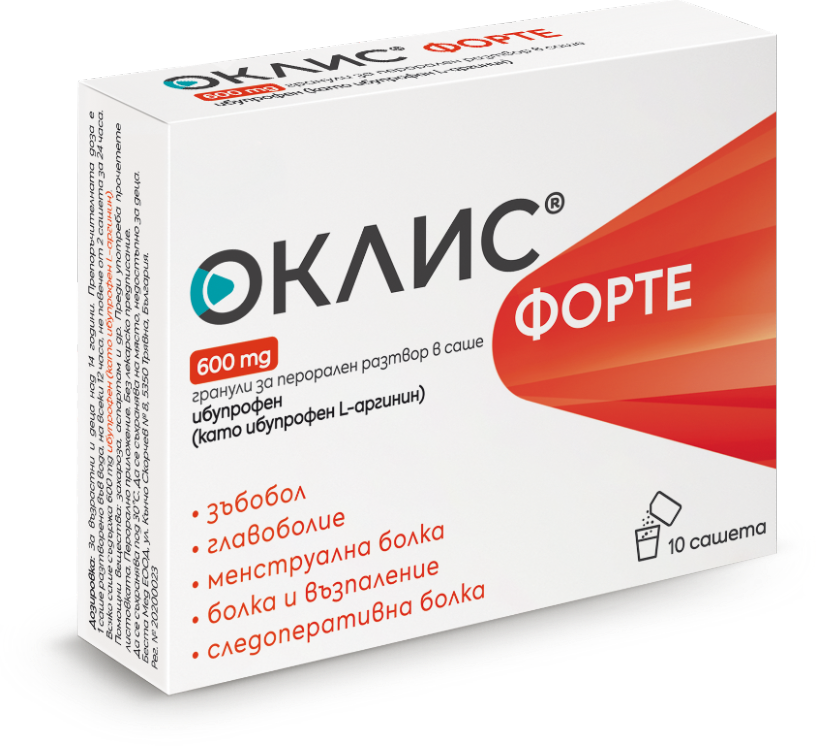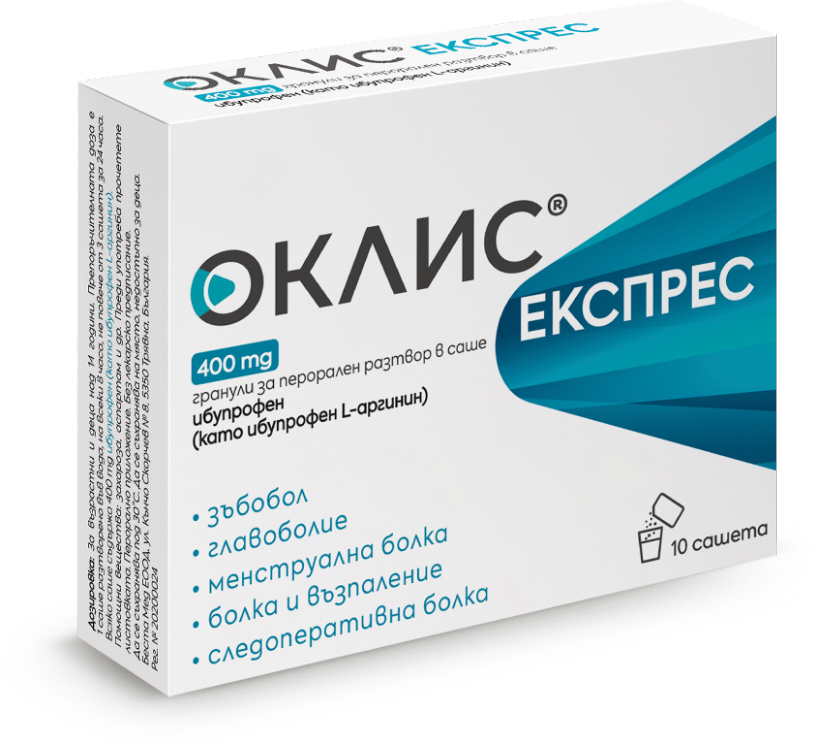Shoulders – these complex and mobile joints that allow us to hug, reach for high objects, and perform countless everyday activities. However, their flexibility also makes them vulnerable to various problems, often manifested as unpleasant pain. But what can this pain actually be a symptom of?
Tendon inflammation (tendinitis)
Tendinitis in the shoulder is a condition where one or more of the tendons responsible for the movement and stability of this complex joint become inflamed. These strong, fibrous tissues that connect the muscles to the bones of the shoulder girdle and upper arm can become painful and irritated due to various factors.
The most common cause is excessive or repetitive strain, typical for certain professions, sports activities, or even everyday tasks performed with improper technique. Monotonous or intense movements can cause microscopic injuries to the tendon structure, which the body attempts to repair. However, if the strain continues, the natural healing process is disrupted, leading to inflammation.
It is accompanied by pain, often described as dull, but which can become sharp during movement or pressure on the affected area. Stiffness may also occur, especially after periods of rest, along with tenderness when palpating the tendon.
In some cases, the inflammation can cause slight swelling or a feeling of weakness in the muscles attached to the affected tendon.
Bursitis
Bursitis is the inflammation of one or more of the small, fluid-filled sacs called bursae, which are located around the shoulder joint. These sacs contain synovial fluid that helps reduce friction.
These „cushions“ play a key role in the smooth movement of muscles and tendons over the bones by reducing friction between them. When these bursae become inflamed—a condition known as bursitis—it can cause pain and limited movement in the shoulder.
Inflammation most commonly occurs as a result of repetitive movements or excessive joint strain, leading to irritation and swelling of the bursae. Direct trauma, such as a blow or fall onto the shoulder, can also cause bursitis. Sometimes bursitis may be associated with other conditions like arthritis or infections, although these cases are less common.
Symptoms of bursitis typically include shoulder pain of varying intensity, which worsens with certain movements such as raising the arm overhead or applying direct pressure to the affected area. The pain often intensifies at night.
Unlike tendinitis, where pain is usually localized to the tendon, bursitis causes discomfort that can be felt over a wider area around the joint.
Swelling or redness around the joint may also be observed, along with warmth of the skin. Stiffness is another common symptom, especially in the morning or after periods of inactivity.
Osteoarthritis
With aging, the likelihood of developing osteoarthritis increases — a degenerative joint disease in which the cartilage covering the bones gradually wears down.
This leads to friction between the bones, which can cause pain, stiffness, limited mobility, and the formation of bone spurs. In the shoulder area, osteoarthritis can affect both the main shoulder joint and the surrounding joints, with its development often associated with age, previous injuries, or excessive strain.
Although there is no cure that can stop the progression of the disease, there are various methods to manage the pain and improve joint function.
Less commonly, shoulder pain may be a symptom of other conditions such as:
Frozen shoulder (adhesive capsulitis or periarthritis): A condition in which the joint capsule around the shoulder joint thickens and tightens, causing severe pain and progressively limited movement.
Nerve compression: Nerves passing through the shoulder can be compressed for various reasons, leading to pain, numbness, or weakness in the arm and fingers.
It is important to note that only a qualified medical professional can determine the exact cause of shoulder pain.
Early diagnosis and appropriate treatment can prevent more serious complications and help you restore full shoulder function and improve your quality of life.
The main treatment for shoulder pain is nonsteroidal anti-inflammatory drugs (NSAIDs). Although they do not directly affect the cause of somatic pain, they intervene in its pathological mechanism and thus exhibit their pain-relieving effect.
One of the most well-studied representatives of the nonsteroidal anti-inflammatory drugs is ibuprofen. The innovative formula of Oclis and Oclis Forte – Ibuprofen L-arginine – allows for fast and long-lasting pain relief.








